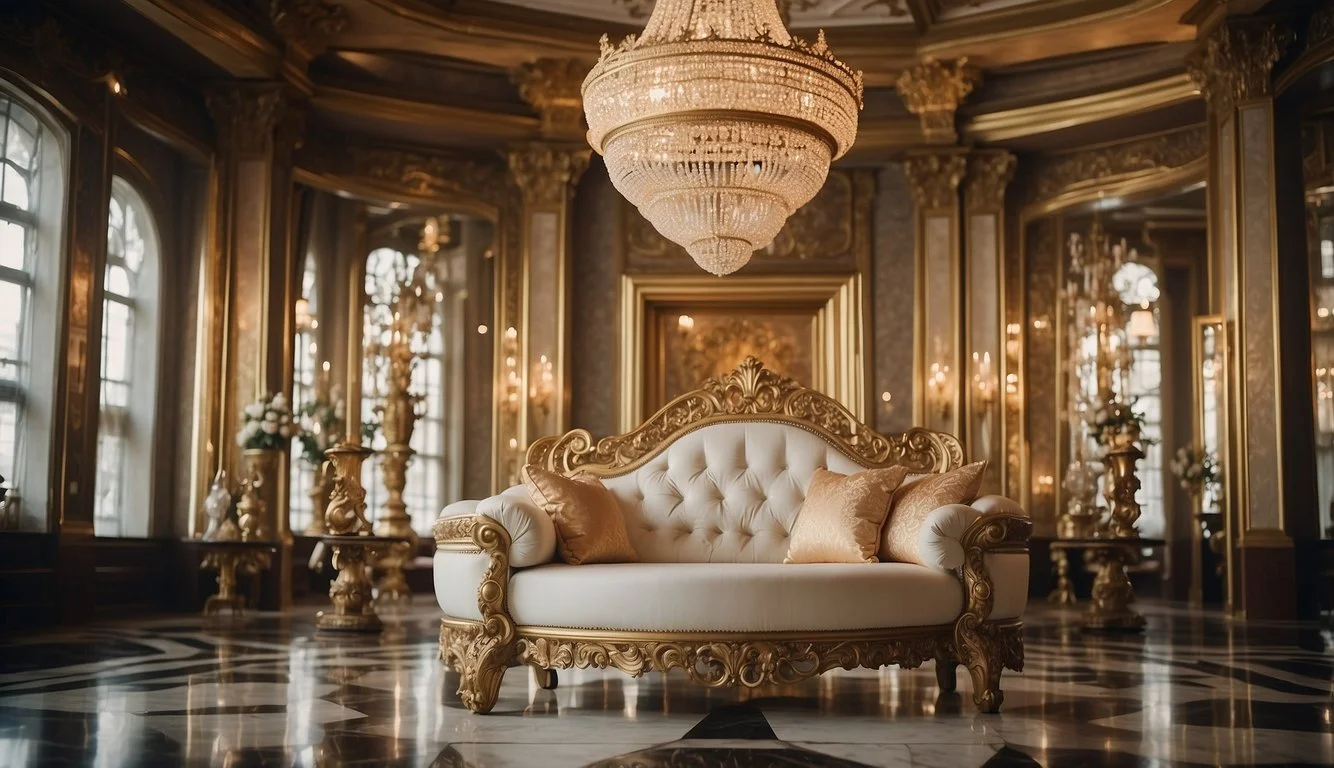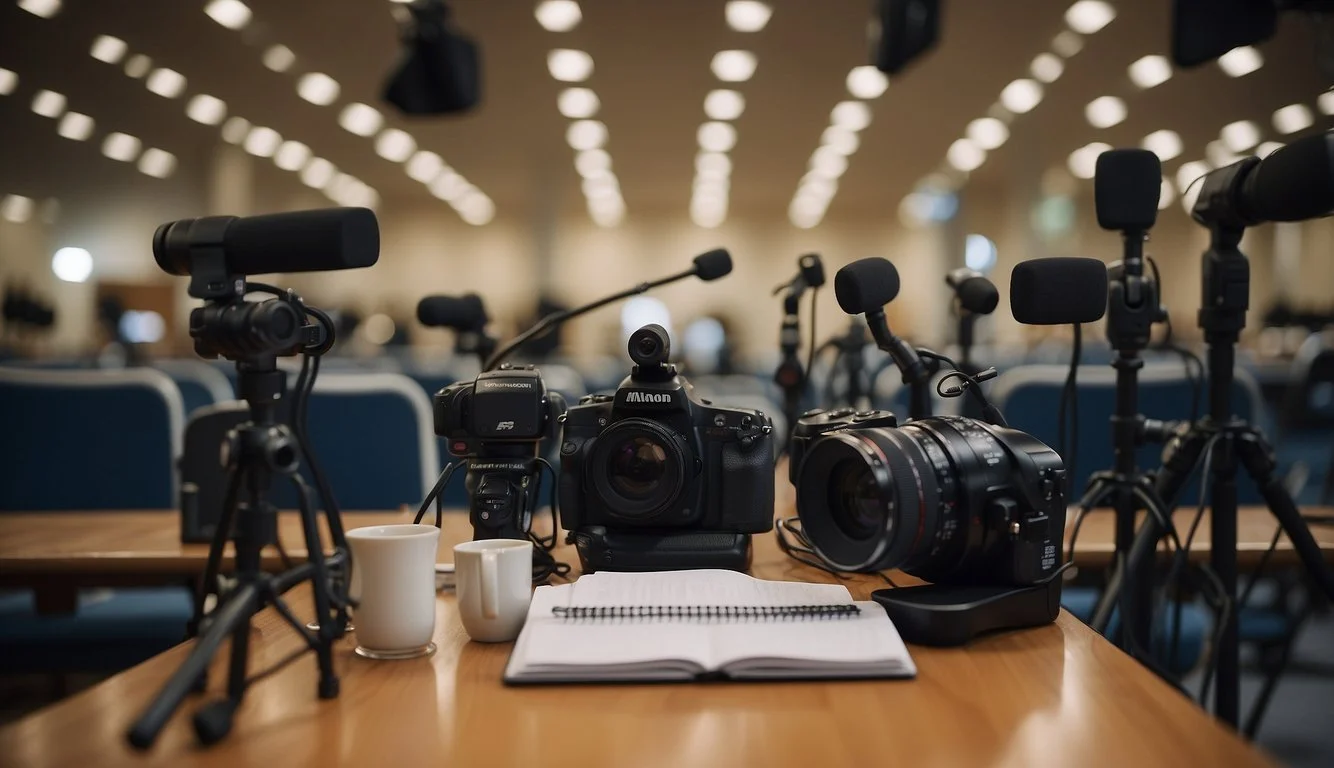Documentary Review: The Princess (2022)
An In-depth Analysis of Royal Life
The HBO documentary "The Princess" (2022) offers a compelling and stark exploration of Princess Diana's life. Compulsively watchable and perfectly timed, the film delves into her experiences within the Royal Family, highlighting the beauty and tragedy that defined her journey. Viewers will find an intimate portrayal that carefully packages well-known and new information about one of the most beloved figures of modern history.
Directed by Ed Perkins, "The Princess" effectively combines archival footage and commentary to create a narrative that resonates with both longtime followers of Diana's story and newcomers. The film's ability to capture the essence of Diana's struggle with royal life makes it a vital piece of storytelling. The essence of the documentary lies in how it paints a vivid picture of Diana's impact, revealing how a modern individual grappling with ancient traditions can lead to profound consequences.
In addition to its insightful commentary, "The Princess" presents engaging sequences that bring moments of Diana’s life to the screen. Dramatic scenes are interspersed with quieter, reflective ones, providing a balanced view of her public and private personas. This thoughtful composition ensures that the documentary stands out as a significant contribution to the understanding of Diana Spencer’s legacy.
Background on 'The Princess'
"The Princess" is a documentary that premiered on HBO, directed by Ed Perkins. It focuses on the life of Princess Diana and includes a mix of archival footage and contemporary commentary.
Ed Perkins is known for his work on "Tell Me Who I Am" (2019). His approach in "The Princess" is noted for its stark, intimate portrayal, aiming to provide a fresh perspective on Diana's life.
The documentary is timely and was released on August 13, 2022. It positions itself against the background of enduring public interest in Princess Diana, exploring themes of media scrutiny and royal life.
"The Princess" features significant events from Diana’s life, providing glimpses into her public and private moments. The film attempts to illustrate the challenges she faced by placing a modern figure within an ancient institution.
Critics have acknowledged the film's compelling nature. The documentary is described as "compulsively watchable" and provides a chronicle of familiar events while trying to offer new insights.
There are standout sequences. In particular, the film includes an impactful segment where Princess Diana visits India. This sequence underscores the documentary's thesis about the collision of modernity and tradition.
Filmmaking Techniques
Ed Perkins employs various filmmaking techniques to bring "The Princess" documentary to life, focusing on visual storytelling, seamless transitions, and immersive soundscapes.
Cinematography
The cinematography in "The Princess" utilizes archival footage to create a vivid portrayal of Princess Diana's life. Perkins focuses on intimate shots, capturing Diana's expressions and public moments, highlighting her humanity amidst royalty. The use of close-ups and medium shots allows viewers to connect emotionally with Diana. The decision to avoid modern interviews or narration ensures that the visual journey remains unfiltered and personal.
Editing
The editing, handled by Jinx Godfrey, is meticulous, weaving together different footage sources to create a cohesive narrative. The pacing varies, with slower moments to reflect personal struggles and rapid cuts during intense media scrutiny. This approach maintains audience engagement while reflecting the chaotic nature of Diana's life. Seamless transitions between public and private moments emphasize the contrast and pressures she faced.
Music and Sound Design
The sound design and music in "The Princess" enhance the emotional resonance of the documentary. Composer Martin Phipps uses a minimalist score to complement the archival footage. Subtle background music underscores key scenes, while moments of silence are strategically placed to heighten tension and emotional weight. The sound design also incorporates ambient noises from historical settings, immersing viewers further into the story.
Themes and Messages
The film "The Princess" (2022) explores various themes related to the intersection of royalty, media influence, and public perception through the life of Princess Diana.
Royal Family Scrutiny
The documentary sheds light on the intense scrutiny faced by the British Royal Family, especially focusing on Princess Diana. Her every move, decision, and public engagement were closely monitored and often criticized by the media and the public. This scrutiny highlights the pressures of living in the royal spotlight, encompassing both the demands of royal duties and the constant public curiosity. The dissection of her personal life by the media is a key theme, emphasizing the challenges of balancing personal and public personas. Privacy, or the lack thereof, becomes a central point, illustrating how invasive the world can be when one's life is intertwined with royal expectations.
Media Portrayal
A significant portion of the documentary delves into the media’s portrayal of Princess Diana. The film uses archival footage to show how the press both glorified and vilified her. This duality in media representation demonstrates the role of the tabloid press in shaping public opinion and influencing Diana's image. The documentary critically examines how photographs, headlines, and news stories sensationalized her life events, from her marriage to her tragic death. It also touches upon the responsibility of the media in potentially exacerbating her struggles, highlighting how relentless press coverage can affect a person's mental health and public image.
Public Perception
Public perception of Princess Diana is another crucial theme. The film illustrates her evolution from a shy kindergarten teacher to "The People's Princess." The documentary showcases different phases of her life and how public opinion shifted over time. Diana's humanitarian efforts and her emotional authenticity resonated with many, creating a deep public affection. This section also explores the contrast between the public's perception and the royal family's traditional image, revealing how Diana's approach to her role brought a more relatable and compassionate view of royalty. The documentary underscores the power of public sentiment in shaping the legacy of public figures.
Key Interviews and Contributors
The documentary The Princess (2022), directed by Ed Perkins, compiles a series of interviews and firsthand accounts to depict the life of Princess Diana.
These interviews provide diverse perspectives, making the narrative deeply engaging.
Owen Gleiberman notes that the film includes commentary from everyday people and media personalities who observed Diana's life from the outside. This approach highlights the public's fascination with her.
The documentary also leverages historical footage of Princess Diana, offering a visual narrative that underscores her impact on both the monarchy and society.
Footage from her visits to countries such as India adds depth, capturing the global interest she generated.
Kiet, whose combat scenes are referenced, adds a different but significant perspective, especially in sequences demonstrating the challenges and pressures she faced within the royal institution.
Lustig & Thornton's script, although critiqued for occasional lack of creativity, integrates these interviews and pieces of footage seamlessly to craft a compelling story.
The inclusion of these varied voices and archival materials creates a rich tapestry that portrays Princess Diana's multifaceted life authentically.
Critical Reception
"The Princess (2022)" has garnered a range of responses from professional critics and audiences alike. Some critics praised its captivating narrative, while others found shortcomings in execution.
Professional Critiques
Roger Ebert highlighted both strengths and weaknesses of the film. They appreciated certain sequences, such as the combat down a spiral staircase, noting it as a standout moment. On the other hand, they criticized the film's inability to maintain momentum consistently, attributing this to a lack of creativity in the script by Lustig & Thornton.
IndieWire described the documentary as a chilling and unsparing look at Princess Diana's life. They commended Ed Perkins for avoiding traditional documentary techniques like talking heads, which provided a fresh perspective on the subject matter.
Variety’s Owen Gleiberman called it an addictively watchable documentary. He noted its timeliness and effective storytelling, but didn’t delve deeply into specific praise or criticism, reflecting a more general positive reception.
Audience Feedback
Audience reactions varied, with some praising the film for its fresh approach to documenting Princess Diana’s life. The use of archival footage without narration offered an immersive experience, allowing viewers to draw their own conclusions. Positive feedback often came from those already intrigued by the subject matter.
Conversely, some viewers found the documentary lacking in new information. They felt it rehashed well-known events without offering substantial insights or new perspectives. There were also comments on the pacing, with some feeling it dragged in parts, affecting overall engagement.
Comparison with Other Royal Documentaries
"The Princess" (2022) offers a unique approach by exclusively using archival and news footage to tell Princess Diana's story.
Other documentaries, like "Diana: In Her Own Words" (2017), incorporate personal audio recordings made by Diana, providing an intimate and direct perspective from the Princess herself.
"The Crown" is a dramatized series rather than a documentary. It combines historical events with fictionalized accounts, allowing for more creative storytelling while drawing attention to the lives of the British monarchy.
In contrast, "The Queen" (2006), though a biographical drama, offers a more intimate exploration of the aftermath of Diana’s death and the royal family's response, featuring performances based on known facts.
Below is a comparison table:
Documentary Style Unique Feature The Princess (2022) Archival footage TV news footage only Diana: In Her Own Words (2017) Mix of interviews and recordings Personal audio tapes The Crown Dramatized series Historical fiction The Queen (2006) Biographical drama Focus on royal response to Diana’s death
These documentaries each provide a different lens through which to view the life and impact of Princess Diana, offering varied approaches from factual recounting to dramatic interpretation.
Cultural Impact and Significance
The documentary "The Princess" (2022) captures the lasting impact of Princess Diana on modern culture. It explores how she transformed the monarchy and became a global icon.
Princess Diana's ability to connect with the public reshaped perceptions of the British royal family. Her openness and vulnerability made her a relatable figure.
Diana's influence extended beyond traditional royal duties. She used her position to advocate for causes such as HIV/AIDS awareness, landmine clearance, and homelessness. This activism has left a lasting legacy in these fields.
Her relationship with the media revolutionized celebrity culture. Intense press scrutiny and public fascination set new precedents for the coverage of celebrities and royals alike.
The documentary utilizes a blend of archival footage and commentary to illustrate these points. It highlights how Diana's life and tragic death have cemented her status as a cultural and historical figure.
Diana's story continues to resonate in popular culture, through films, television series, and ongoing discussions about her life and influence. Her legacy endures, proving the enduring power of her impact and the lessons it provides.
Personal Reflections on 'The Princess'
"The Princess" (2022) documentary focuses on the life and legacy of Princess Diana, presenting a clear timeline of her relationship with the media.
One notable aspect is the tension between Diana and the institution of the monarchy. This conflict is evident through the portrayed media frenzy and personal struggles she faced.
The film also highlights how ordinary people viewed Diana. Scenes show them observing and discussing her life, bringing an additional layer to the narrative.
The use of archival footage is particularly effective. It offers an unfiltered glimpse into Diana's world and avoids dramatization.
The pacing of the documentary keeps the audience engaged. Each segment transitions smoothly, maintaining a steady flow of information.
The emotional weight of the documentary is palpable. Moments featuring her humanitarian efforts juxtaposed with her personal turmoil create a powerful contrast.
Key Takeaways:
Archival Footage: Provides an authentic look into Diana's life.
Public Perception: Demonstrates how Diana was viewed by everyday people.
Media Influence: Highlights the intense scrutiny she endured.
Pros:
Authentic presentation
Balanced portrayal
Cons:
May feel repetitive for those familiar with Diana's story
Viewers might find some scenes particularly moving, especially those highlighting her impact on charitable causes. The documentary does not shy away from showcasing both her strengths and vulnerabilities.
"The Princess" strikes a balance between honoring Diana's memory and addressing the complex dynamics at play in her life.








